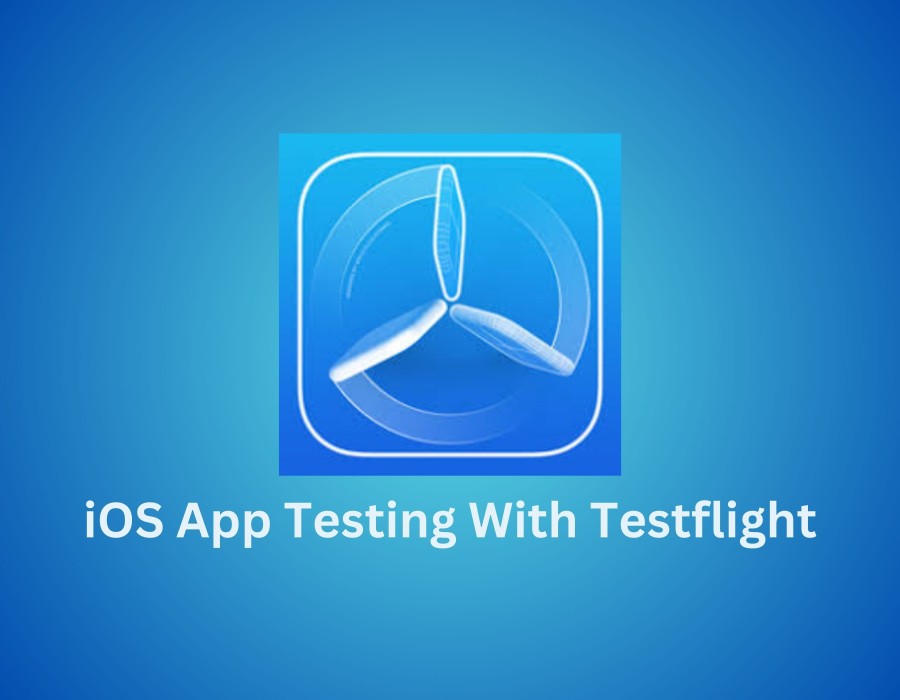As per the top iOS app development agency, TestFlight enables seamless beta testing on actual iOS devices. Testers can give feedback to help improve the app before it goes live on the App Store. This article will provide a detailed guide on how to use TestFlight to test your iOS app. We’ll cover setting up a TestFlight build, inviting testers, getting feedback and more.
What is TestFlight?
TestFlight is an official beta-testing service that lets developers distribute preview versions of iOS applications to a select group of test users for rigorous testing before the app goes live in the App Store.
To start testing with TestFlight, you first need to enroll in the Apple Developer Program. You can do this on the Apple Developer website for a yearly fee. Once enrolled, log in to your Developer Account and go to the TestFlight section according to the top mobile app development company in USA
How does TestFlight Work?
The iPhone app development companies experts highlight the below requirements for deploying iOS apps to TestFlight:
Apple Developer Account: Apple Developer accounts are crucial for accessing TestFlight beta testing service, enabling provisioning profiles, managing certificates, and distributing pre-release versions of apps to beta testers.
Xcode: Apple's Xcode is a crucial development environment for building iOS, iPadOS, macOS, watchOS, and tvOS apps. A compatible version is required for testing via TestFlight and package signing.
Certificates and Profiles: To deploy via TestFlight, app store and ad hoc provisioning profiles signed with distributor and development certificates are required, ensuring correct configuration and validation with the App Store.
Testers’ Apple IDs: Testers' Apple IDs are linked to the TestFlight app, allowing developers to invite them to test directly within the platform, provided they match provisioning profile names.
How to Deploy an iOS App to TestFlight?
Below are the steps that can help you upload apps to TestFlight to test iOS Apps as per top ios app development services experts:
Step 1: Prepare Your App in Xcode
- Launch Xcode
- Configure Build Settings
- Versioning
Step 2: Archive Your App
- Generate Build
- Archive the Build
Step 3: Distribute the App
- Choose which version of the app you want to Distribute
- Configure the Options
- Start Uploading the Build
Step 4: Tester Onboarding
- Access the Login Page
- Enter Apple Developer Credentials
- Access TestFlight Section
- Select Internal or External Testing
- Add Testers Using Apple IDs
- Configure Tester Information
- Define Tester Roles and Notifications
- Send Invitations
Step 5: Adding the Build for Testing
After uploading, the latest version of the app will appear in the IOS Builds section, requiring app compliance information. Once checked, the app is accessible for testing through the test flight App, and participants will receive an email notification.
Step 6: Submit for Review (Optional For Testing)
- Complete App Information
- Submit for Beta App Review
These steps will help ensure that your app complies with the Apple guidelines suggested by the top mobile application consulting services experts.
Troubleshooting Deployment: How to Solve Common Issues Using TestFlight?
Despite meticulous planning, the reality of app development can be uncertain. Being able to identify and resolve common issues is a must-have ability for every developer. We will explore possible issues that might be encountered in testing the TestFlight deployment process and offer complete solutions.
- Code Signing Issues
- Build Rejections in App Store Connect
- TestFlight Invitation Issues
- Issues With Beta App Review
- Issues with TestFlight Distribution
- Network or Connectivity Problems
- Problems with External Testers
- New Terms Agreement
Final Thoughts
TestFlight allows iOS developers to test apps on real devices before releasing them in the App Store, identifying and correcting issues early in the development process, resulting in smoother app launches, satisfied customers, and a higher app reliability image.
For more details: https://www.a3logics.com/blog/how-to-test-an-ios-app-with-testflight/






Comments